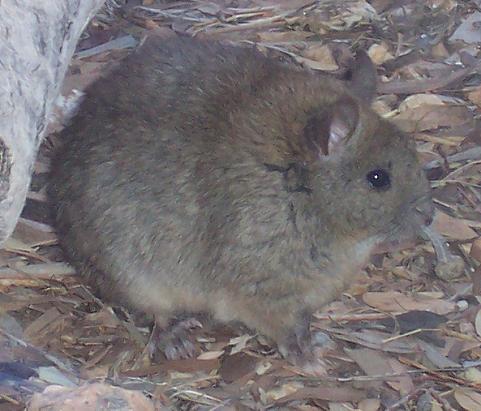Facts About Greater stick-nest rat
The greater stick-nest rat, also known as the house-building rat, is a fascinating rodent belonging to the Muridae family. Comparable in size to a small rabbit, these rats are renowned for constructing impressive nests made from interwoven sticks. Once widespread across southern Australia, their numbers plummeted following European colonization, now surviving on a single island. Conservationists, however, are diligently working to reintroduce them to safe and monitored areas.
This species was first documented in 1848 by Charles Sturt. Initially classified in the genus Mus, it was later moved to Leporillus within the Muridae family. Physically, these rats feature a broad head, short body, wide rounded ears, and a tail shorter than their body. Their fur is a consistent grey-brown with a lighter underside, and they have distinctively colored feet. Female rats have four teats located in the inguinal region.
Greater stick-nest rats are gentle and passive creatures, primarily nocturnal. They adhere to a herbivorous diet, munching mainly on succulent leaves. Their nests are architectural marvels, reaching up to a meter in height and two meters in width, often situated in caves, rocky outcrops, or over shrubs. They breed year-round, with a peak during the austral spring, typically producing litters of one to four young.
Today, these rats are found only on certain islands in Australia and within protected mainland areas. Historically, they inhabited semi-arid regions with shallow soils and calcareous strata. The dramatic population decline between 1875 and 1925 remains somewhat of a mystery, although some speculate an epizootic event might be the cause. Their natural habitats are dry savannas with perennial shrublands, favoring succulent and semi-succulent plants.
